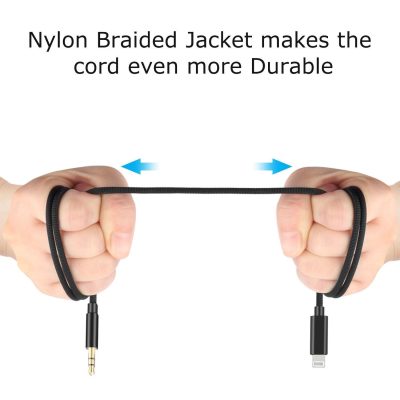Troubleshooting Common Issues with USB Extension Cables
USB extension cables can sometimes encounter issues that disrupt their functionality. Here’s a guide to troubleshooting common problems with USB extension cables and ensuring smooth operation:
1. Device Not Recognized
- Check Connections: Ensure both ends of the USB extension cable are securely connected. A loose connection can prevent the device from being recognized.
- Test with Another Device: Connect a different device to the extension cable to determine if the issue is with the cable or the original device.
- Try a Different Port: Plug the extension cable into another USB port on your computer to rule out port-specific issues.
2. Slow Data Transfer Speeds
- Verify Cable Version: Ensure you’re using a USB extension cable that supports the speed of your devices (e.g., USB 3.0 for high-speed transfers). Using a lower version cable can bottleneck speeds.
- Check Cable Length: Excessively long cables can degrade signal quality and reduce transfer speeds. Use a shorter cable if possible or switch to an active USB extension cable.
- Inspect for Damage: Examine the cable for any visible signs of wear or damage, which can impact performance.
3. Intermittent Connectivity
- Avoid Interference: Keep the extension cable away from sources of electromagnetic interference (EMI) like power cables, routers, and other electronic devices.
- Update Drivers: Ensure your computer’s USB drivers are up to date. Outdated drivers can cause connectivity issues.
- Use a Powered Hub: If you’re connecting multiple devices or power-hungry peripherals, use a powered USB hub to ensure stable connectivity.
4. Power Issues
- Check Power Requirements: Some devices require more power than the USB port can provide, especially over long extension cables. Verify the power requirements of your device.
- Use an Active Cable: Active USB extension cables have built-in electronics to amplify the signal and can help with power delivery over longer distances.
- Reduce the Number of Connected Devices: Disconnect other devices to ensure the connected device receives sufficient power.
5. Device Malfunction or Errors
- Restart Devices: Sometimes simply restarting the connected device and the computer can resolve temporary glitches.
- Test Direct Connection: Connect the device directly to the computer’s USB port without the extension cable to determine if the issue lies with the cable.
- Replace the Cable: If the device works when connected directly but not through the extension cable, consider replacing the extension cable with a new one.
6. Physical Damage
- Inspect Connectors: Check the connectors for any signs of damage or wear. Damaged connectors can lead to poor connectivity and should be replaced.
- Cable Strain Relief: Ensure the cable has strain relief to prevent damage where the cable meets the connector. If the strain relief is damaged, consider replacing the cable.
7. Compatibility Issues
- Verify Compatibility: Ensure the extension cable is compatible with the devices you are using. Some older devices may not work well with newer USB standards.
- Check Specifications: Match the specifications of the extension cable with those of the connected devices (e.g., USB 2.0 vs. USB 3.0).
Conclusion
By systematically troubleshooting these common issues, you can resolve most problems encountered with USB extension cables. Ensuring secure connections, using the correct cable versions, managing power requirements, and avoiding interference are key steps to maintaining optimal performance and reliable connectivity. If issues persist, consider replacing the cable with a higher-quality or active USB extension cable for better results.

![]()






